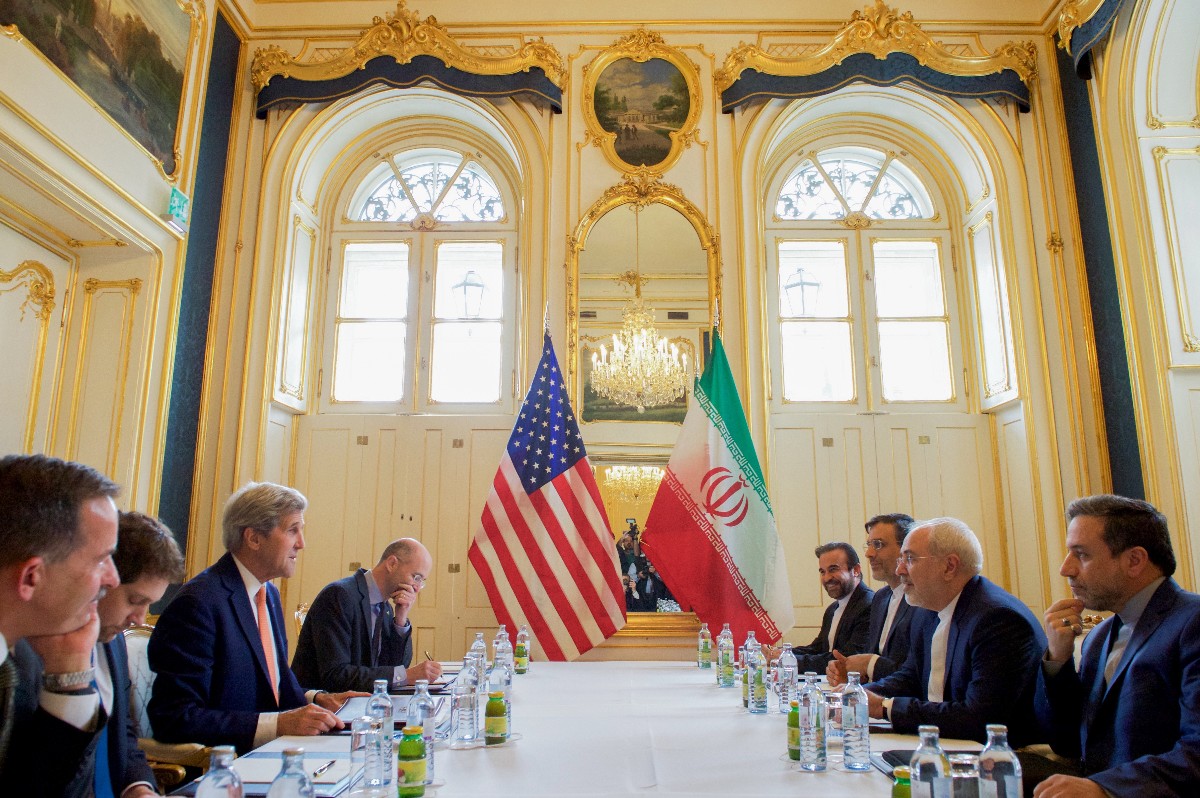 US Department of State / flickr
US Department of State / flickr
The Iran Deal: A Step Towards a New Safeguards Agreement
Today marks the one-year anniversary of the creation of the Joint Comprehensive Plan of Action (JCPOA). Since Implementation Day, the JCPOA, or the Iran Deal, has been working. It has removed two-thirds of Iran’s centrifuges, stopped Uranium enrichment at the Fordow facility, reduced its enriched uranium stockpile to 300 kilograms, and rendered inoperable the heavy-water reactor in Arak. With greater International Atomic Energy Agency (IAEA) oversight, any attempt by Iran to breakout would be easily detected and would be met with a rapid response by all P5+1 signatories. Even though the JCPOA has addressed the US’ most pressing issue of ensuring that Iran does not obtain a nuclear weapon, this agreement can be used as a stepping stone to strengthen the international nonproliferation regime.
The current debate on the JCPOA is primarily focused on whether or not the measures taken by the JCPOA are sufficient enough to discourage Iran from pursuing the bomb and whether it will prevent other countries from pursuing nuclear weapons as well. What commentators have not considered, is that a successful implementation of the agreement can create new international standards for ensuring nonproliferation.
The Iran Deal contains key provisions that are both innovative and progressive; it tackles disarmament and allows states to pursue peaceful nuclear energy. By creating restrictions on reactor type and size, the JCPOA has created a standard for what type of nuclear enterprise is determined to be acceptable and peaceful for the international community. The deal helps define key provisions within the Non-Proliferation Treaty (NPT) by creating a detailed outline of what disarmament and a peaceful nuclear program looks like. Terms like, “nuclear energy for peaceful purposes” and “disarmament,” which have no direct definition to them, now have an international agreement that attempts to provide a juristic interpretation of them.
In addition to the Comprehensive Safeguards Agreement and the Additional Protocol, the JCPOA also imposes additional constraints on Iran’s nuclear fuel cycles. These constraints require Iran to provide a legitimate reason for expanding its production and storage of uranium. Applying this standard internationally would reduce the likelihood of misunderstandings by defining the direction that a nation may take its nuclear program towards. Since civilian and research reactors only require a certain amount of nuclear fuel, nations should not be producing more than the capacity of their reactors and their replacements and should not create heavy-water, MOX, or fast neutron reactors.
Requirements like providing a plan to produce more than 300 kg of enriched uranium following the 15 year deadline, are minimally invasive to producing peaceful nuclear energy – given that there must be a legitimate reason for doing so. Putting caps on mining and production facilities further legitimizes the endeavors of energy seeking states by ensuring that they would not use excess outputs towards the production of nuclear weapons. Furthermore, the provisions related to R&D, specifically to computer simulations and explosive detonation systems, will urge other states to not engage in weapons related activities.
The steps taken by the P5+1 in the JCPOA have helped create criteria for assessing the peacefulness of a country’s nuclear program. The Iran deal has laid down the standards for: enrichment and reprocessing programs; stockpiling; research and development of equipment and technology; facility types; and verification steps to monitor every activity in the nuclear fuel cycle. If states were to adopt this criteria, a new agreement could be negotiated with the IAEA that would require further inspections similar to that of the Additional Protocol (AP). Following the clandestine nuclear programs of Iraq and North Korea in the early 90s, the IAEA felt it was necessary to strengthen and expand its mission in preventing non-nuclear states from developing and owning nuclear weapons.
Adding a third treaty to the NPT regime, instead of amending the AP, would resolve the question of what it means to have a peaceful nuclear program. In addition to the monitoring and verification capabilities of the AP, the treaty would create a new international standard for what constitutes a peaceful nuclear program. This would reinforce the letter and the spirit of the AP’s mission to detect clandestine activities within a state and will reinforce the ideas and norms that the NPT enshrines in its articles.





